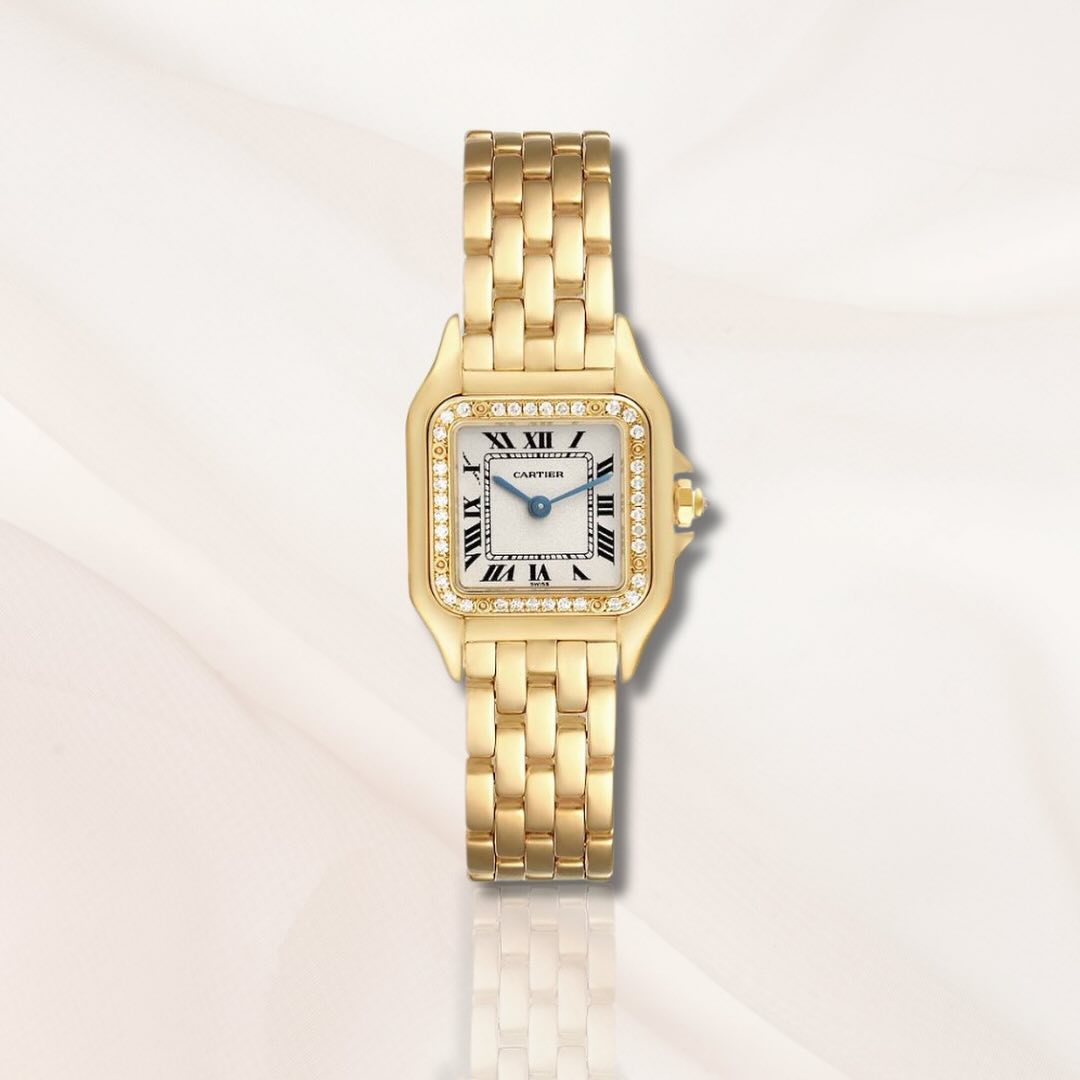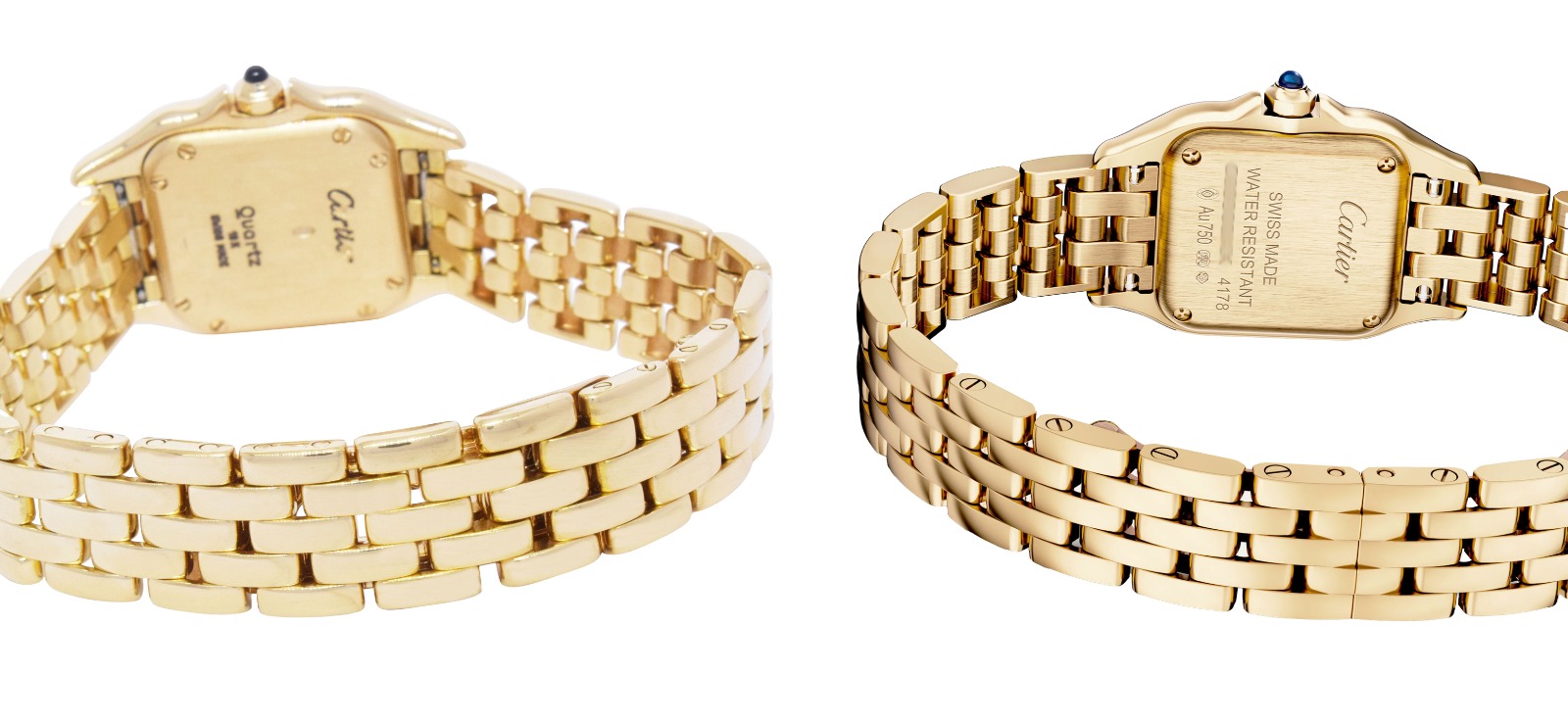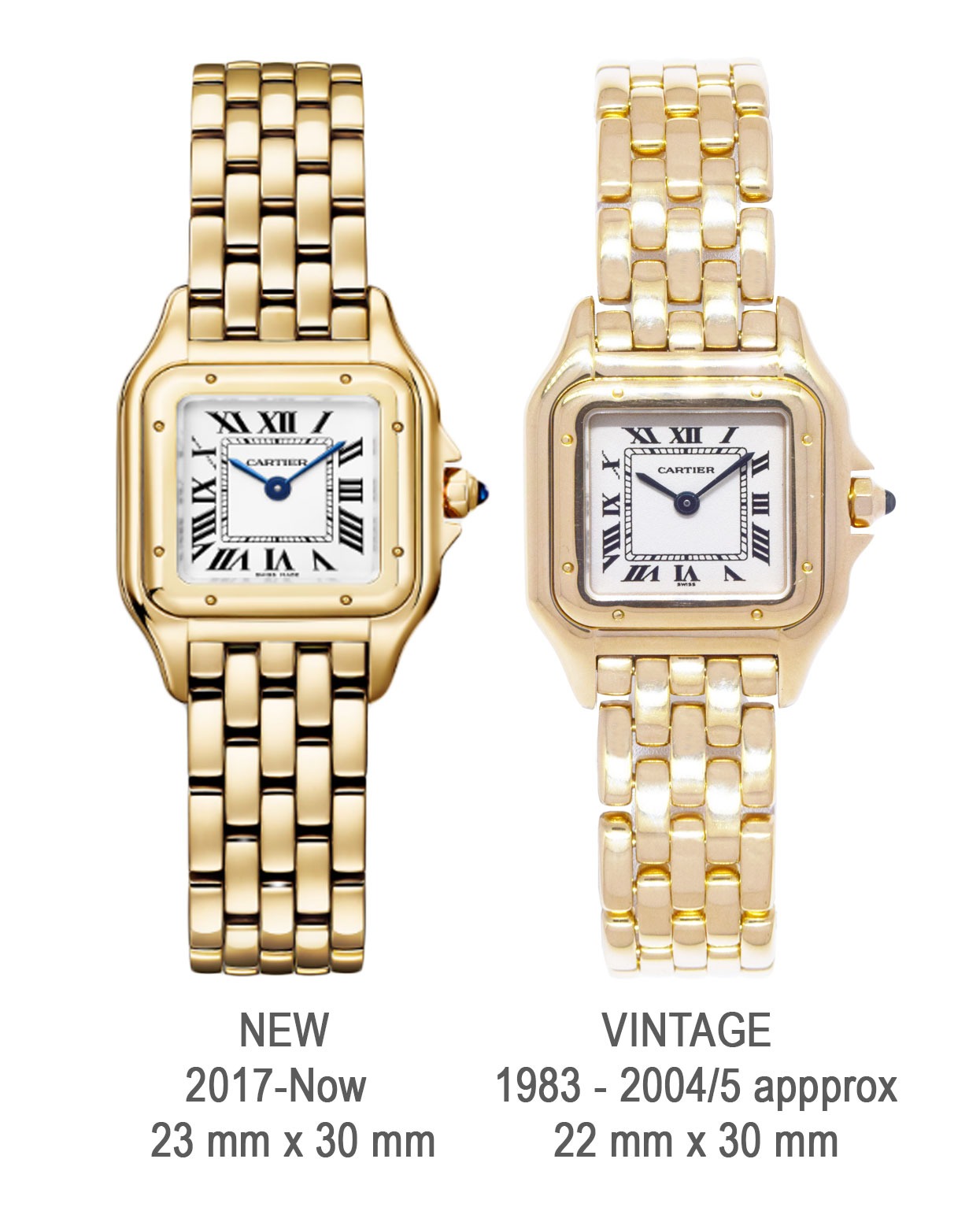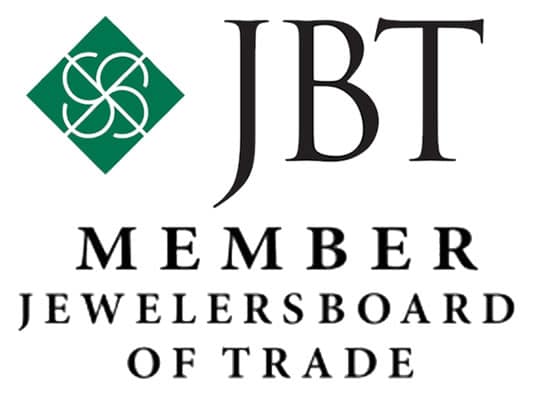
Cartier quietly introduced a creature that would one day come to define its identity, the panther. Its first appearance was in 1914, a platinum ladies’ watch, where delicate onyx spots danced across a sea of sparkling diamonds. What seemed at first a subtle embellishment was, in truth, a bold whisper of things to come. With this creation, Cartier gave life to a symbol that embodied mystery, power, and feminine elegance, a motif that would prowl gracefully through the maison’s history and ultimately become one of its most iconic signatures.
The motif gained prominence through the work of Jeanne Toussaint, the brand’s creative director from the 1930s onward. Nicknamed “La Panthère” by Louis Cartier, she championed the feline image in jewelry—brooches, rings, accessories, setting the foundation for its lasting legacy.
A pivotal moment came in 1948, when the Duchess of Windsor inspired Cartier’s first three-dimensional panther brooch: a gold and onyx cat perched atop a 116.74‑carat emerald—a masterclass in sculptural jewelry.
The panther motif evolved alongside changing styles, from Art Deco to café‑society chic to disco-era glamour, becoming a recurrent motif that spoke to bold femininity and timeless elegance.
Thru the years, Cartier introduced the Panthère de Cartier watch in 1983, presenting a piece that was both jewelry and timepiece. Its supple, flexible link bracelet mimicked feline stealth, paired with a small square case that exuded 1980s glamour. It quickly became an “It‑girl” accessory, beloved by trendsetters in the Studio 54 era and appearing on celebrities like Madonna, Pierce Brosnan, and Tina Turner.
The Panthère became one of Cartier’s most iconic models throughout the 1980s and 1990s, especially popular among celebrities and fashion icons. But, by the early 2000s, Cartier quietly discontinued the Panthère line, as trends were shifting toward larger and sportier watches.
In 2017, Cartier revived the Panthère de Cartier collection at SIHH (Salon International de la Haute Horlogerie).
The relaunch kept the elegant design almost unchanged, preserving its timeless aesthetic while updating it with modern finishing and materials (including yellow gold, rose gold, two-tone, and even jewelry-set versions).
Since then, it has thrived, becoming emblematic of “quiet luxury.” As one trend analysis puts it, “it fits every mood,” whether understated elegance or bold ‘mob‑wife’ glamour.
The differences over time
The original Panthère watches of the 1980s through the early 2000s were designed with a seamless, jewelry-first aesthetic. Their signature brick-lay bracelet flowed effortlessly around the wrist, thanks to a concealed double-folding clasp that virtually disappeared when closed. The case, inspired by the Santos, was softened with rounded edges, slim lugs, and a delicate profile—perfectly aligned with the feminine style of the era.
When Cartier revived the Panthère in 2017, the maison remained faithful to the original silhouette but introduced subtle refinements. The clasp was re-engineered for greater durability while retaining its discreet look, and the case received crisper lines and more refined polishing. Bracelet flexibility was also improved, allowing for an even smoother drape, while a wider range of sizes reflected modern tastes, all while preserving the timeless elegance that made the Panthère an icon.
Why It’s still Trending in 2025
- Petite watches are having a fashion resurgence, favored by younger collectors and style influencers. The Panthère’s compact, elegant profile is a central figure in this trend—seen even on male celebrities like Timothée Chalamet, who embraced its sleek femininity courtside.
- At Watches and Wonders 2025, Cartier introduced lavish reinventions: semi‑pavé pink and yellow gold models, dynamic lacquer and spessartite patterns, and “wandering” panther bangles that meld jewelry and watch into sculptural statements.
- A major exhibition at the Victoria Albert Museum in London (April–November 2025) celebrates the panther’s century-long legacy—highlighting its evolution across styles and societies, reinforcing its symbolic and cultural resonance.







